Challenges abound for the higher education sector. One of the biggest challenges has been the demographic decline in student population while operations and fixed costs associated with campus and student housing improvements still need to be paid for. Ever-increasing tuition, room, and board along with higher student loan repayments, are making prospective students question the value of a degree and further contributing to the decline in enrollment. Some small private colleges have already succumbed to these challenges and have had to merge with other institutions or roll up operations.
Potential challenges to the higher education sector include
- Reductions in grant funding for research, which would predominantly affect large research institutions
- Increases in endowment taxation, which would reduce earnings potential
- Restrictions on international students, who generally pay full tuition and range from zero to 30% of enrollment, which would reduce revenue if national demand doesn’t make up the difference.
The higher education sector is diverse, with large universities, small private colleges, public university systems, academic medical schools, and technical colleges. Enrollments range from a thousand to tens of thousands, and credit ratings span the ratings spectrum from AAA to non-investment-grade.
Despite the challenges the sector is facing there are many schools that will successfully navigate the current environment and any weakness in pricing could provide opportunity. Common factors that contribute to success include a good reputation and academic programs leading to strong demand and donor support, diverse revenue streams to alleviate dependence on tuition, strong budgetary management resulting in good margins and liquidity, sizable endowments, and reasonable leverage.
In March, Moody’s changed its outlook on the higher education sector to negative, noting that recent and potential federal policy changes create a more difficult operating environment for colleges and universities. S&P’s outlook remains mixed for the third consecutive year. Their outlook is negative for highly regional, less-selective institutions that lack financial flexibility; but it is stable for institutions with broad geographic reach, steady demand, sufficient liquidity, and financial resources to navigate operating pressures.
Harvard, Columbia, and other schools are being targeted by the Trump administration for social issues. If some of the administration’s actions continue or are implemented, these could affect impacted institutions’ financial health. Most large research institutions have strong financial wherewithal and donor support. While some of the amounts related to reduced research funding, increased taxation, and reduced international enrollment are not inconsequential, they are dwarfed by the size of endowments. Harvard’s endowment stood at $53 billion for the fiscal year ending June 30, 2024; and Columbia’s was almost $15 billion. Threatened changes, if implemented, will pose budgetary and management challenges and could put pressure on their AAA ratings. Stresses would likely have to persist for several years without adequate action before a major rating change would occur.
At Cumberland, we take a top-down approach to investing. We look at macro trends such as aging demographics and have avoided or divested muni bonds issued by smaller private colleges with weak enrollment. We look to invest instead in schools with strong demand, sizable endowments relative to the debt, and robust liquidity. The majority of our higher education holdings are in AA rated bonds.
Patricia Healy, CFA
SVP, Research
Feedback | Bio
Sign up for our Market Commentaries
Cumberland Advisors Market Commentaries offer insights and analysis on upcoming, important economic issues that potentially impact global financial markets. Our team shares their thinking on global economic developments, market news and other factors that often influence investment opportunities and strategies.
Links to other websites or electronic media controlled or offered by Third-Parties (non-affiliates of Cumberland Advisors) are provided only as a reference and courtesy to our users. Cumberland Advisors has no control over such websites, does not recommend or endorse any opinions, ideas, products, information, or content of such sites, and makes no warranties as to the accuracy, completeness, reliability or suitability of their content. Cumberland Advisors hereby disclaims liability for any information, materials, products or services posted or offered at any of the Third-Party websites. The Third-Party may have a privacy and/or security policy different from that of Cumberland Advisors. Therefore, please refer to the specific privacy and security policies of the Third-Party when accessing their websites.

